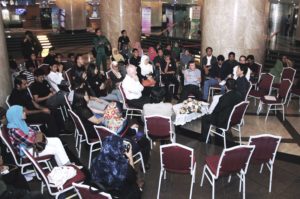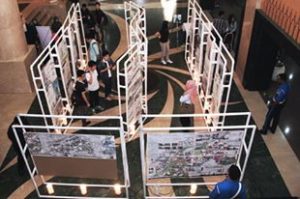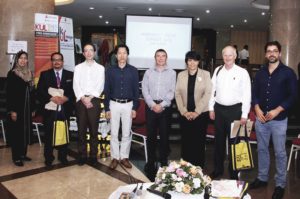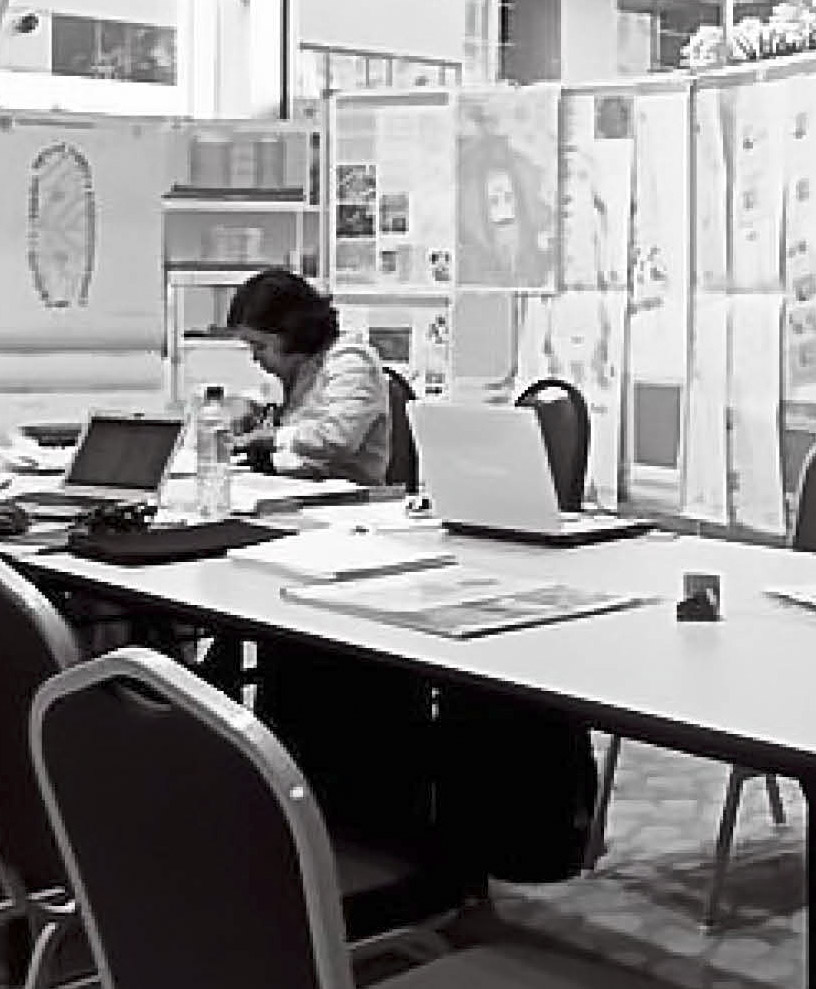URBAN COFFEE SHARING SESSION
ORGANIZED BY: NEW SPIRIT WORKBASE SESSION 2017
AIMS
This program aims to provide an in depth understanding on urban issue. This is because New Spirit workbase of Master in Architecture is the unit which focuses on urban rejuvenation especially in city area. In general, this program is expected to help students especially those who are pursuing urban design to implement this knowledge onto their studio projects as well as to understand the school of thought for urban studies between UTM and UiTM as one of the most ideal medium in acquiring information in architectural field.
OBJECTIVES
- To share knowledge on the urban study between the university.
- To encourage participation of students in each of the activities organized by the architecture studio and student associations.
- To share Space Syntax as a pioneer software in developing urban studies and analysis.
PARTICIPATION
The event is a collaboration between UTM Skudai and UiTM Puncak Alam by student of urban workbase from respective university. The event is organize by 14 student which assist the visitor school and the participant from other various workbase under architecture wing of UTM. The event is initiate by the studiomaster Dr. Sharifah Salwa Syed Mahdzar (Urban: New Spirit ).

Phase 1 : Introduction presentation by Dr Sharifah S S Mahdzar and Ar Chan
The event started off with a welcoming speech given by Ar. Chan Wai Lai to address attendees including the lecturer and fellow students from UiTM. Fellow lecturers and guests were introduced and warmly received with applause from the audience. It is then followed by an introductory presentation by Dr. Sharifah Mahdzar sharing about the urban design approach taken by the master students in UTM. The presentation briefly explains about how the urban workbase in UTM is conducted with insights on the different phases of the approach, such as site analysis, design conceptualization and so on. This presentation provides a basic understanding for the students of UiTM regarding the urban workbase in UTM and how they can take reference from these methods of studies for their own research purposes. It also serves as an opening for the urban studies sharing session.
Phase 2: presentation by Dr Sharifah S S Mahdzar on Segget Forum
The sharing session started with Oh Beloved Death and Life of Johor Segget River by Dr. Sharifah Mahdzar. The introduction was mainly focussed on the city centre and to introduce the main key feature of the city which is the Segget River. Segget originally came from the word Sea-gate, but it had been localized to Segget by the Johorean. Dr Sharifah explained the findings through space syntax in way to introduce the software as a tool for urban study to the students. Space Syntax helps to visualize some criteria that could be taken into design consideration. Numbers of questions arose from UiTM students as they are choosing Johor Bahru city as their urban study site for this year. Some were very intrigued and excited to know more regarding Space Syntax tools. They also shared and discussed some information and findings that they managed to get during the three days study.











